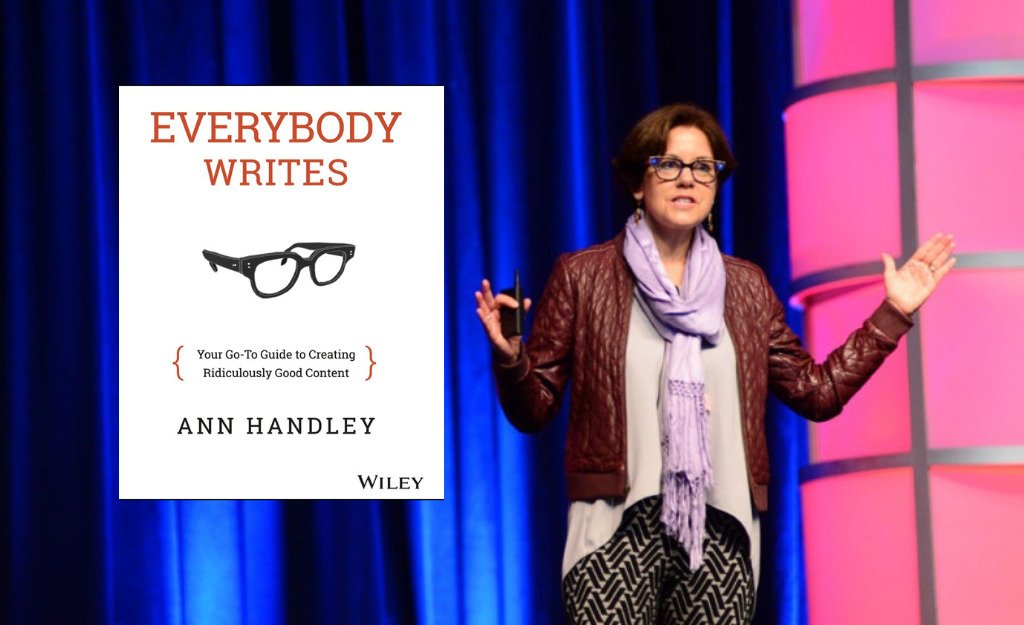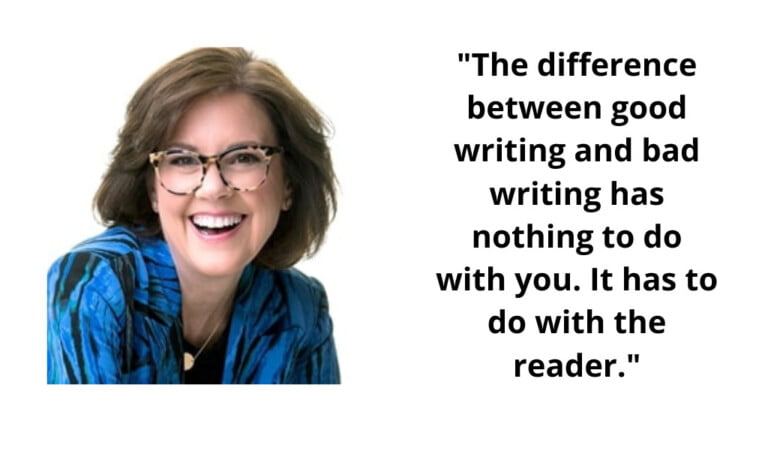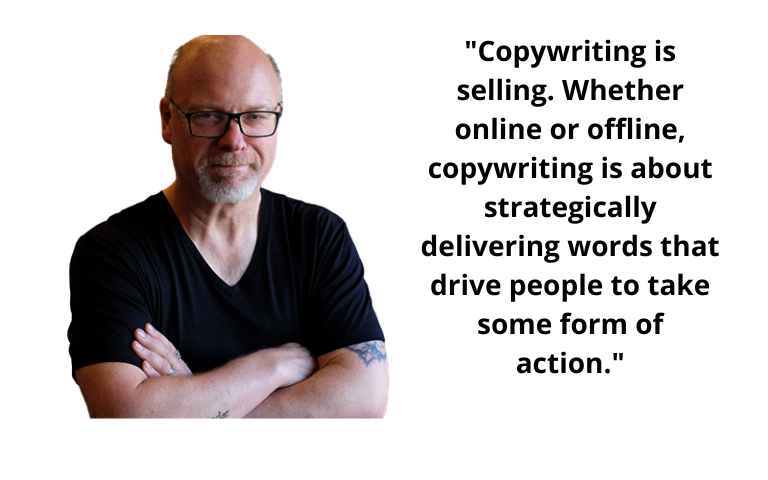Transform Your Writing Skills
Disclaimer: This post may contain affiliate links. For more information, please visit our Disclaimer Page.
Introduction of “Everybody Writes” by Ann Handley
Everybody Writes by Ann Handley is a comprehensive guide to creating high-quality content. The book is a must-read for anyone who wants to improve their writing skills and become a better marketer. The second edition of the book was published in 2023, including updated information and new chapters covering the latest trends in content marketing.
Key Takeaways
The book is divided into four parts: how to write better, grammar and usage, storytelling, and publishing content.
In the first part, Handley discusses the importance of knowing your audience, developing a unique voice, and using storytelling techniques to engage readers.
The book’s second part focuses on grammar and usage, including tips on avoiding common mistakes, using an active voice, and writing with clarity and concision. Handley provides examples and exercises to help readers improve their writing skills.
In the third part, Handley discusses storytelling’s power in content marketing. She provides practical advice on creating compelling stories that resonate with your audience and drive engagement.
Finally, the fourth part covers the publishing process, including tips on formatting, editing, and promoting your content. Handley emphasizes the importance of creating a consistent brand voice and using data to measure the effectiveness of your content.

Importance of Good Writing
Ann Handley’s Everybody Writes is a comprehensive guide to writing well in the digital age. One of the key takeaways from the book is the importance of good writing. Handley argues that in a world where content is king, good writing is essential for businesses to succeed. Whether it is a blog post, social media update, or email newsletter, the quality of the writing can make or break the success of the content.
Handley says good writing is about more than just being grammatically correct. It also involves being clear, concise, and engaging. Handley emphasizes the importance of writing in a conversational tone and using simple language to make the content accessible to a wider audience.
Writing Rules
Another key takeaway from Everybody Writes is the importance of following writing rules. Handley stresses the importance of following basic writing rules such as avoiding jargon, using active voice, and avoiding long sentences. She also emphasizes the importance of proofreading and editing to ensure the content is error-free.
Handley provides a list of writing rules in the book that can be used as a checklist for writers. These rules include using subheadings, breaking up long paragraphs, and using bullet points to make the content easier to read.
Creating Engaging Content
The final key takeaway is the importance of creating engaging content. Handley argues that content needs to be engaging and memorable to stand out in a crowded digital landscape. She provides tips on creating engaging content, such as storytelling, adding humor, and using visuals to enhance the content.
Handley also emphasizes the importance of understanding the audience and tailoring the content to their needs and interests. Businesses can build trust and establish themselves as authorities in their respective fields by creating relevant and valuable content for the audience.
Everybody Writes is a must-read for anyone looking to improve their writing skills and create engaging content in the digital age.
Writing Techniques Explored
In this section, Handley explores various writing techniques that help writers produce high-quality content that resonates with readers.
Storytelling
As Handley suggested, storytelling allows writers to make content more engaging and relatable. It’s a technique to illustrate points, add interest, and create a deep connection with the reader. By incorporating anecdotes, personal experiences, and case studies, writers can construct narratives that their audience can identify with and feel a part of.
This writing approach helps break down complex ideas into more digestible pieces, making the content more memorable. It can be especially useful in fields like marketing, where creating an emotional connection with the audience can increase engagement and conversion rates.
However, it’s important to remember that the stories used should be relevant to the reader and align with the piece’s overall message. Irrelevant or off-topic stories can confuse readers and detract from the main points.
Simplicity
Clear, simple language makes content more accessible, understandable, and engaging for readers. This approach aligns with the notion that good writing should be inclusive and communicate ideas effectively, regardless of the reader’s background or knowledge level.
Here are the key points regarding simplicity:
These principles align with many standard recommendations in writing and communication. Simplicity not only makes your writing more accessible but also makes it more appealing and relatable to your audience. By adhering to these guidelines, writers can create content that effectively communicates their ideas to a broad range of readers.
Authenticity
Authenticity in writing involves being genuine and true to one’s own voice and style, which can help build credibility and trust with readers. Here’s a bit more detail on each point:
Application in Business
Content Marketing
The book provides an in-depth guide to creating engaging, valuable, and shareable content to attract and retain customers. Here are some of the key points that Handley discusses in relation to content marketing:
Social Media Writing
Writing compelling social media content can be broken down into several key points:
Email Marketing
Email marketing is another important area of business writing.
By following these guidelines, businesses can create emails that get opened and read and effectively drive the desired action from the recipient.
Conclusion
“Everybody Writes” by Ann Handley provides valuable insights into the world of writing in the digital age. The book has practical tips and strategies to help writers of all levels improve their craft.
It is no coincidence that this work is one of the chosen for our top 5 writing books for bloggers.
Impact on Readers
One of the key takeaways from the book is the importance of brevity and clarity in writing. In today’s world, where we are bombarded with information from all sides, it is more important than ever to communicate our message clearly and concisely. Handley emphasizes that this is especially true in the digital realm, where attention spans are short, and readers are quick to move on if they are still looking for what they’re looking for.
The importance of empathy in writing: by putting yourself in your readers’ shoes and understanding their needs and desires, you can create content that resonates with them on a deeper level. This can help you build stronger relationships with your audience, ultimately leading to greater success in your writing endeavors.
Quotes from “Everybody Writes” by Ann Handley
“In an online world, our online words are our emissaries; they tell the world who we are.”
“Good writing serves the reader, not the writer. It isn’t self-indulgent. Good writing anticipates the questions that readers might have as they’re reading a piece, and it answers them.”
“The first words of every sentence should make a friendly first impression to encourage the reader to keep going.”
“Even when you are marketing to your entire audience or customer base, you are still simply speaking to a single human at any given time.”
“If you stripped your branding from all your properties and lined up your copy, your email, your web pages, an outsider should be able to look at them and say, ‘Yep, that’s (you).’ Your writing should reflect your company, its values, and its personality.”
“Empathy for the customer experience should be at the root of all of your content.”
“Your story – the story of your product or service – should be in the words of your customer.”
“Quality content means content that is packed with clear utility and is brimming with inspiration, and it has relentless empathy for the audience.”
F.A.Q. about “Everybody Writes” by Ann Handley
What are the main topics covered in “Everybody Writes” by Ann Handley?
“Everybody Writes” by Ann Handley is a comprehensive guide to writing well. The book covers many topics, including grammar, style, voice, tone, etc. It also includes practical tips for writing better blog posts, emails, social media updates, and other types of content.
What is the target audience for “Everybody Writes” by Ann Handley?
“Everybody Writes” by Ann Handley is aimed at anyone who wants to improve their writing skills. The book is especially useful for marketers, bloggers, and other professionals who must create content regularly.
How does “Everybody Write” by Ann Handley differ from other writing guides?
Some key takeaways from “Everybody Write “by Ann Handley include the importance of writing for your audience, the need to edit and revise your work, and the value of storytelling in writing. The book also emphasizes the importance of clarity, simplicity, and authenticity in essays.
What are some of the most helpful tips for improving writing skills in “Everybody Writes” by Ann Handley?
Some of the most helpful tips for improving writing skills in “Everybody Writes” by Ann Handley include the importance of reading widely, the value of writing every day, and the need to get feedback on your work. The book also provides practical advice on how to write more engaging headlines, structure your writing effectively, and avoid common writing mistakes.
How has “Everybody Writes” by Ann Handley been received by readers and critics?
“Everybody Writes” by Ann Handley has been widely praised by both readers and critics. The book has received positive reviews from Forbes, Inc. and The Huffington Post. Readers have also praised the book for its practical advice, engaging style, and helpful examples.
Disclaimer: This blog post is a summary or resume of the book and is not intended to dispense the reading of the original book. This post aims to provide a general overview of the book’s main ideas and themes and encourage readers to read the complete book to gain a deeper understanding of the material. The information presented in this post is intended to be something other than a substitute for the original book and should be used as a supplement to, not a replacement for, the entire book. We strongly encourage readers to read the complete book to benefit from its ideas and teachings fully.








